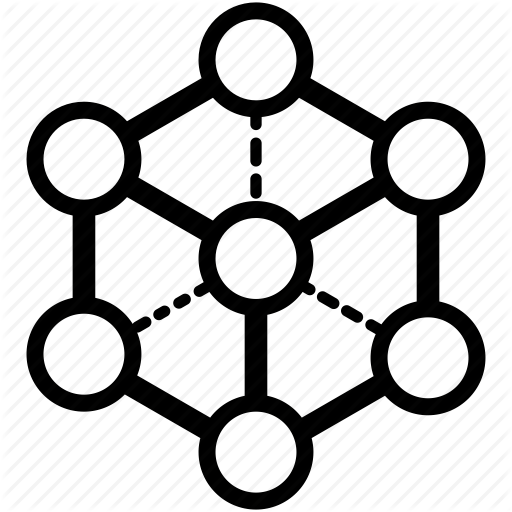A quick look back from the previous module “Introduction To Assessment” which is all about the definition of assessment and all the other terminologies associated with it together with the recognition of the functions of assessment and the fundamental principles that serve as a foundation of a well-structured assessment.

We are now in “Assessment Framework”. When you think of framework, you think of designs, strategies and concepts that lie underneath. Module 2 primarily covers the naming of the diverse kinds and sources of evidences that can be used for assessments, what comprises the assessment cycle and the justification of the effectivity of the cyclical process in the assessment practice.
From the lecture presentation of Dr. Renay M. Scott about “The Evidence of Student Learning: What it is, Where To Find It, And How To Use it. https://cdn.owens.edu/ie/evidence-student-learning.ppt, we have understood that there are 2 types of evidence namely, Direct Evidence which manifests the achievement of the learning goals through performance of knowledge and demonstration of skills with scores from quizzes/tests/exams, research projects and presentations as concrete samples. There is also the Indirect Evidence which gives voice to the learner’s perception of their own learning level, progress included, in the form of questionnaires, focus groups and interviews.
Between the 2, Indirect Evidences are the ones that educators neglect most of the time. This may be due to the minimal awareness educators have towards the already existing evidences that they can use for assessments given their common teaching practice, established institutional policies and traditional education system. Also, these indirect evidences have a tendency to be pushed aside since they are difficult to quantify because they are qualitative in nature which can bring about a case of assessment that has absence of significance if an educator will not give thought to viable alternative ways to come together with information because these references can give a distinct eye view which may not be available from the most noticeable and favored direct measures.
We have also familiarized the key components of an assessment process. Just as there are evidences that are not recognized in data gathering, there are also components which seem to be given little regard of particularly the Use Of Student Learning Evidences. We were able to specifically ponder on the utilization of final examinations results as basis to identify which process or segment of the assessment cycle needs to be ameliorated. I have come to a realization that it can be a beneficial and supportive data but again it is not sufficient enough to be the only source of consideration which gives emphasis back to usage of Multiple Measures. If this continues to be overlooked, then the improvement of the facilitation of learning and the improvement of assessment of learning will be influenced as well in a negative light where it tends to be stagnant in orientation. Because the student learning evidences are what can be used as basis to know what does and does not work.
And last but not the least, we were made aware of how the assessment process works and how significant it is to be cyclical in nature compared to being a linear progression since cyclical progression permits modification to instruction and assessment simultaneously and does not have to transpire towards the end of the course only thereby not only refining the educator’s teaching approach or delivery of learning and method of assessment but also upgrading the learner’s involvement and participation towards the lesson/course.
